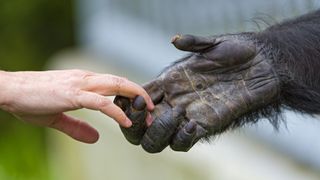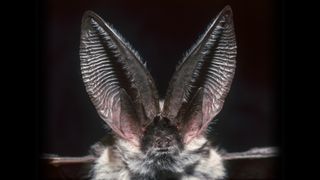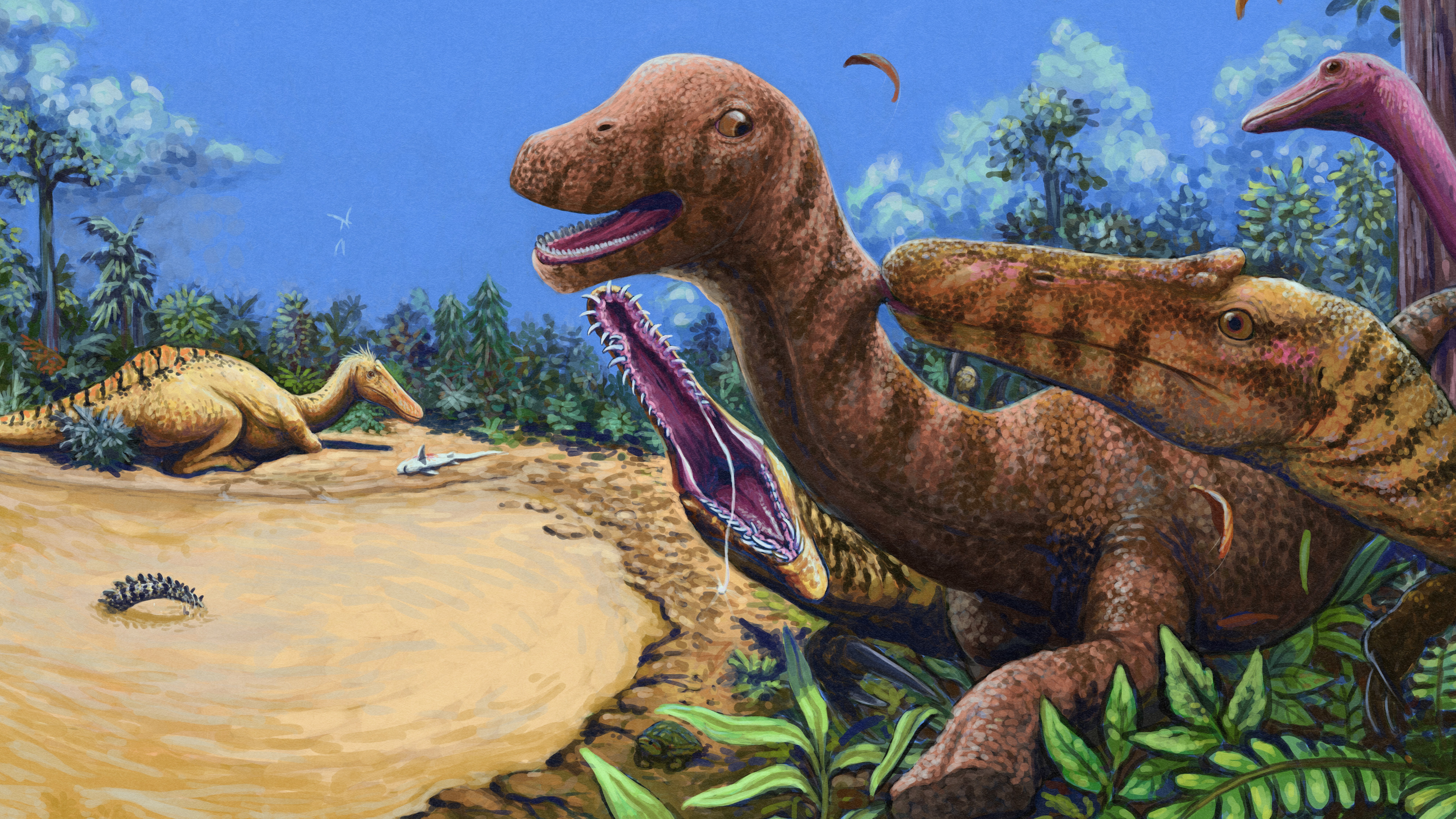Life's Little Mysteries: Science questions, answered
Latest about Life's Little Mysteries

Why does Pluto have such a weird orbit?
By Sara Hashemi published
The dwarf planet has a strange orbit and tilt — what gives?

Where is Queen Boudica buried?
By Tom Metcalfe published
The remains of Britain's national heroine — Queen Boudica of the Iceni tribe — are not under a train station in north London. So, where is her grave?

Why do AI chatbots use so much energy?
By Alice Sun published
AI chatbots are infamous energy guzzlers. But why do they use so much electricity?

Where could alien life exist in our solar system?
By Damien Pine published
The solar system has eight planets and hundreds of moons. Could extraterrestrials live on any of them?

Why does the universe exist?
By Tom Metcalfe published
The universe exists because matter and antimatter are not good friends.

Do humans and chimps really share nearly 99% of their DNA?
By Clarissa Brincat published
The frequently cited 99% similarity between human and chimp DNA overlooks key differences in the genomes.

Are alpha males real?
By Victoria Atkinson published
The term "alpha male" was coined in 1970 to describe wolves. But what does science think about the term now?

Which animal has the best hearing?
By Marilyn Perkins published
Ranking who has the best ears in the animal kingdom is a tough task, but some animals push the limits of hearing far beyond what humans can imagine.
Get the world’s most fascinating discoveries delivered straight to your inbox.




